The word ‘clown’ is actually Icelandic
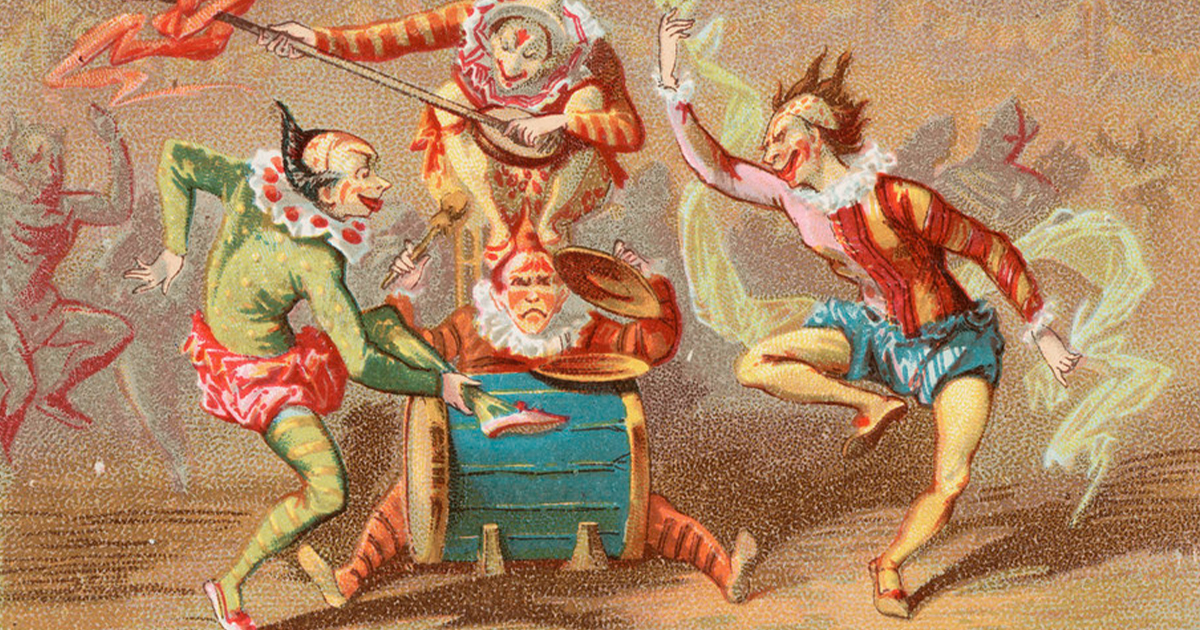
The art of clowning dates back thousands of years, but those figures we know now as clowns take their name from an Icelandic word. It is a modification of ‘klunni,’ which translates to English as ‘a clumsy person.’ A fairly appropriate moniker for those big-shoed folk who couldn’t keep hold of a water bucket or custard pie if their lives depended on it.
There were clowns in Ancient Egypt, Greece and Rome
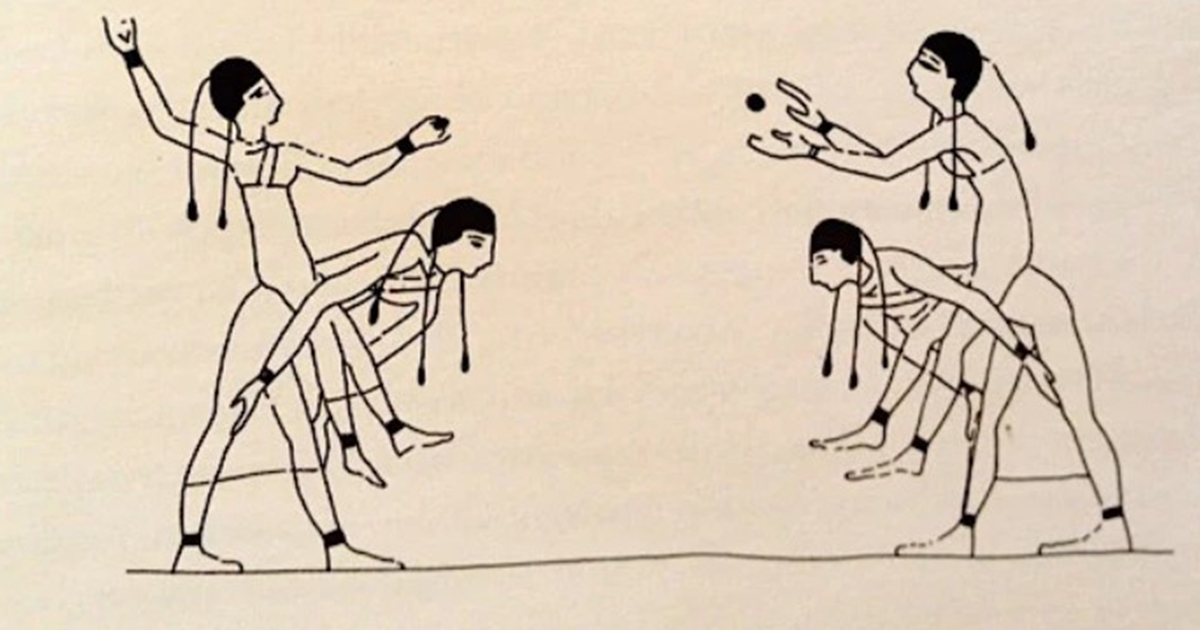
We tend to associate clowns with the travelling circus tradition which began in the late 1700s, but clowns existed long before that. The earliest record of clowns dates back over 2,400 years to Ancient Egypt, where they were referenced in hieroglyphs. They also appeared in the theatre of ancient Greece and Rome, serving as a comedic foil to the dramatic actors.
The earliest clowns served the same basic role as priests
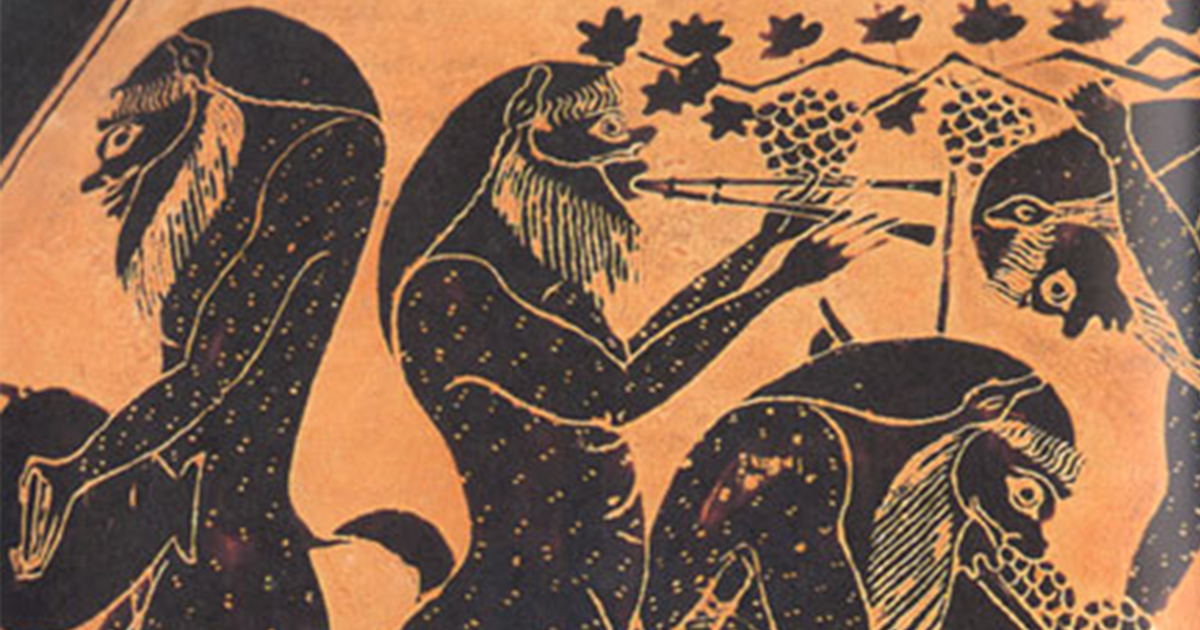
When we’re not referring to literal clowns, we tend to use the term in a disparaging fashion to describe we consider foolish and inept. As such, it may come as a surprise that some of the earliest clowns were important religious figures. According to the earliest references to the profession found in Ancient Egypt, back then the roles of clown and priest were practically indistinguishable.
Clowns served in the Imperial Court of Ancient China
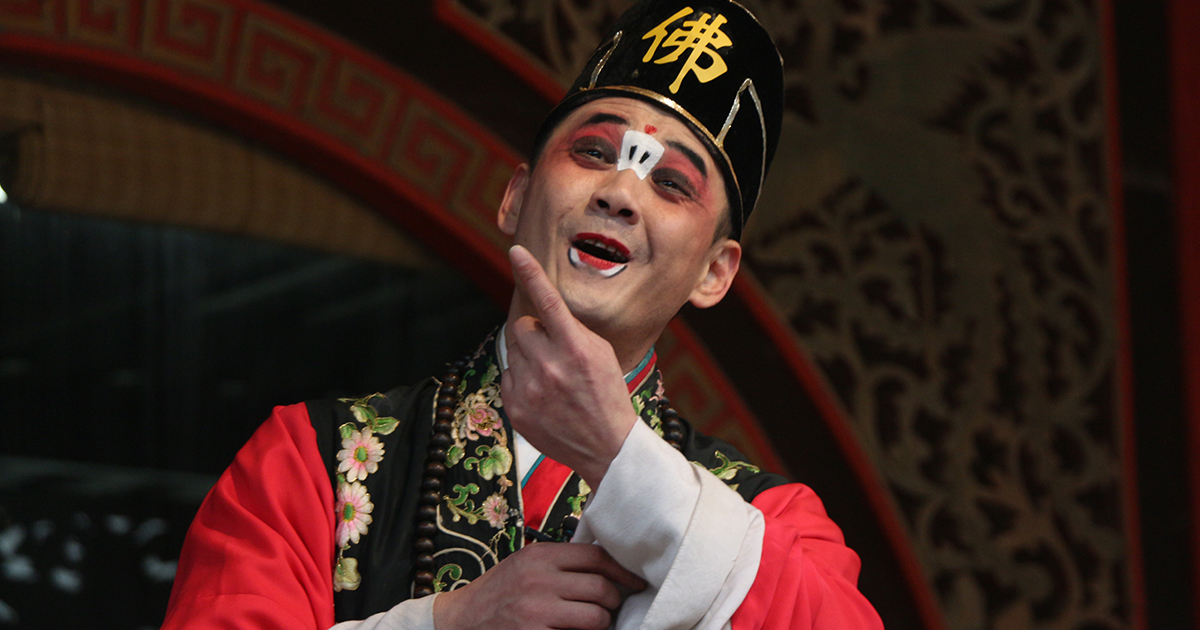
As well as being prominent in Egypt, Greece and Rome, clowns were also prominent in Ancient China. Records show clowns appeared in the court of King Wu of Zhou all the way back in 1046 BC, and they continued to be prominent court figures in the centuries that followed. Chinese opera also has its own clown figure, known as the Chou.
Native Americans consider their clowns sacred
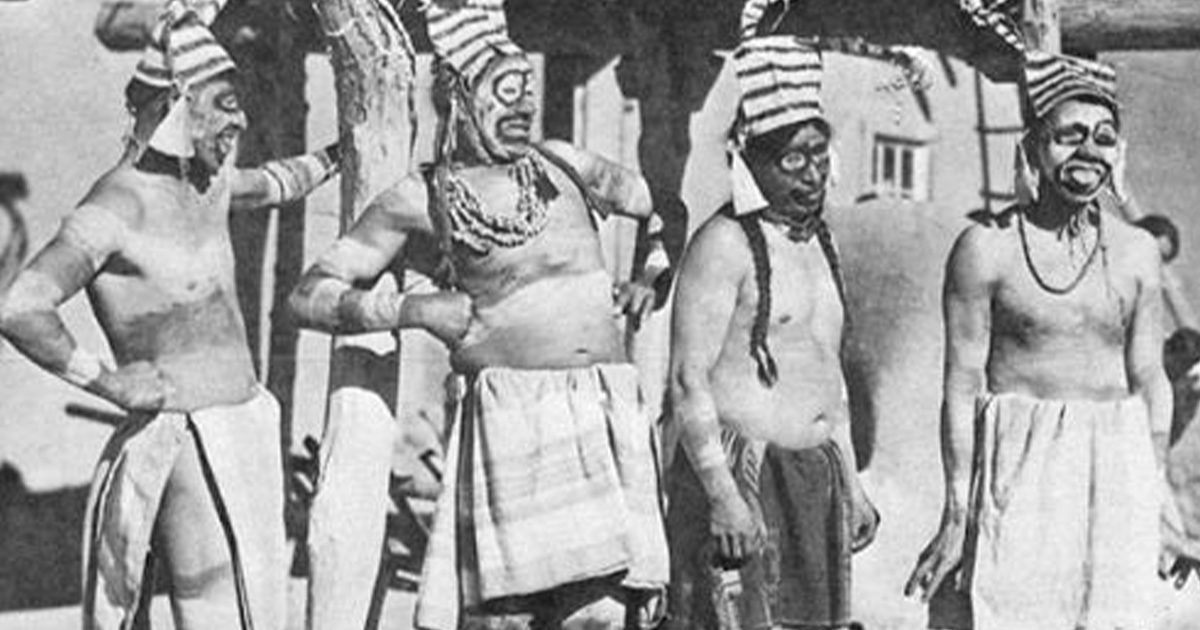
In the tribes of Native America, clowns serve what is considered a sacred role. Their humour has a strong satirical element, offering a different perspective on important questions. The Sioux have their own sacred clown figure known as the Heyoka, whilst in the Kachina tradition they are known as Pueblo clowns.
Joseph Grimaldi introduced the use of white face paint
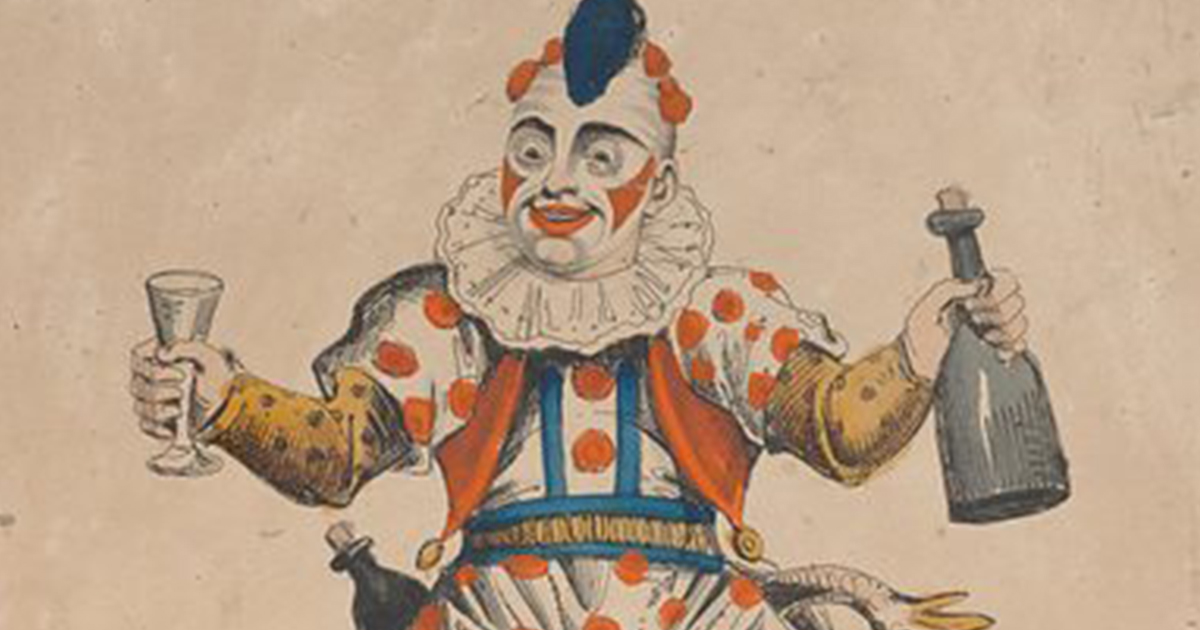
In keeping with the traditions of early theatre, clowns originally wore masks to give them their exaggerated features. It wasn’t until 1801 that circus clown Joseph Grimaldi hit upon the idea of instead applying white face makeup and a large, painted-on grin. This soon became the standard clown appearance, and in honour of Grimaldi clowns are sometimes referred to as ‘Joeys.’
There’s an official International Clown Week
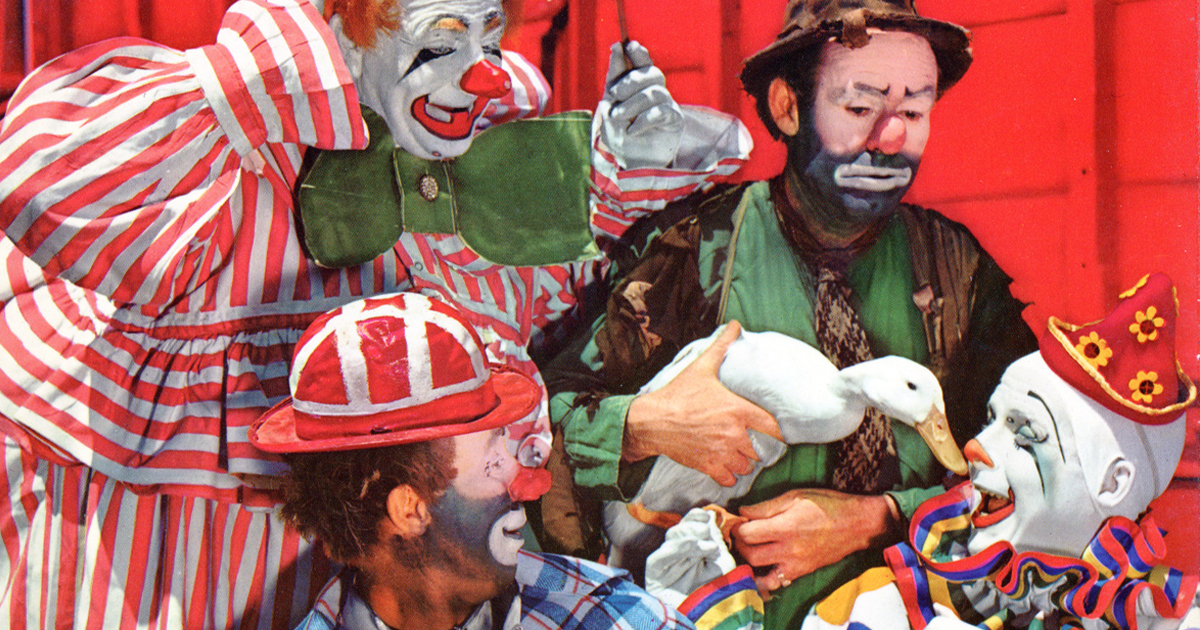
Did you know that the first week of August every year is International Clown Week? This tradition dates back to the 1950s, but wasn’t formally introduced until 1971, when then-US President Richard Nixon made it official by decree. It started in America but is still marked by clowns all over the world with special events and celebrations.
The first evil killer clown appeared in a 19th century opera
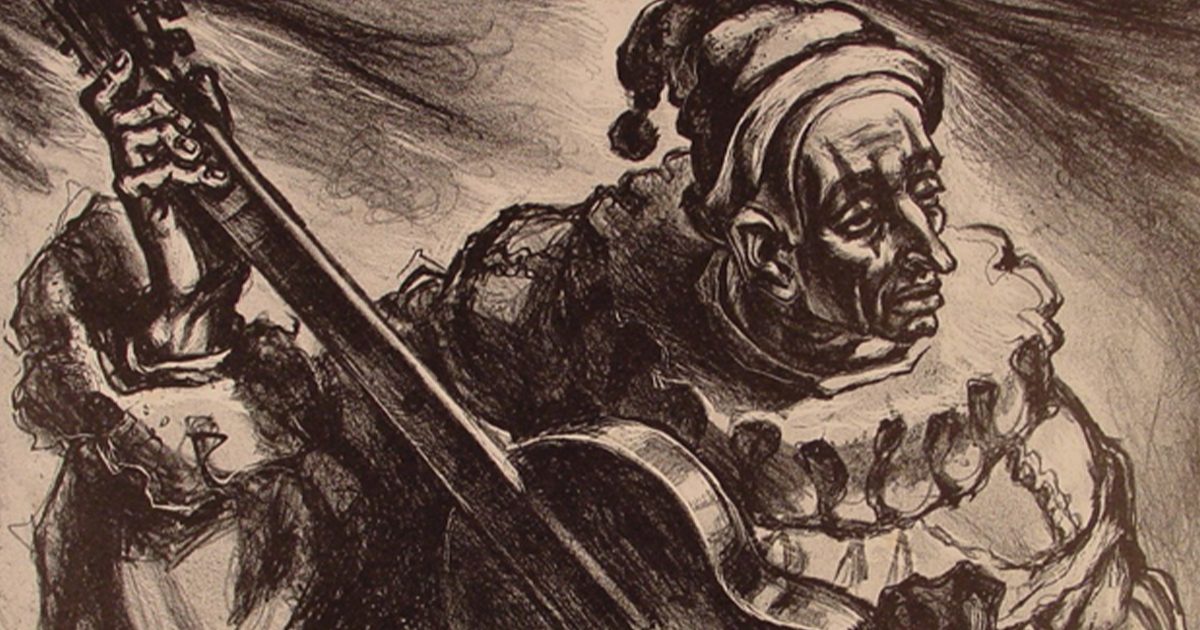
It’s sometimes thought that the modern fear of clowns originates from Stephen King’s 1986 novel It, but popular culture’s first killer clown showed up a long time before that. Pagliacci, an Italian opera originally performed in Milan all the way back in May 1892, was the first known work of fiction to feature a deranged, murderous clown as its antagonist.
One study showed more than 50% of us are afraid of clowns
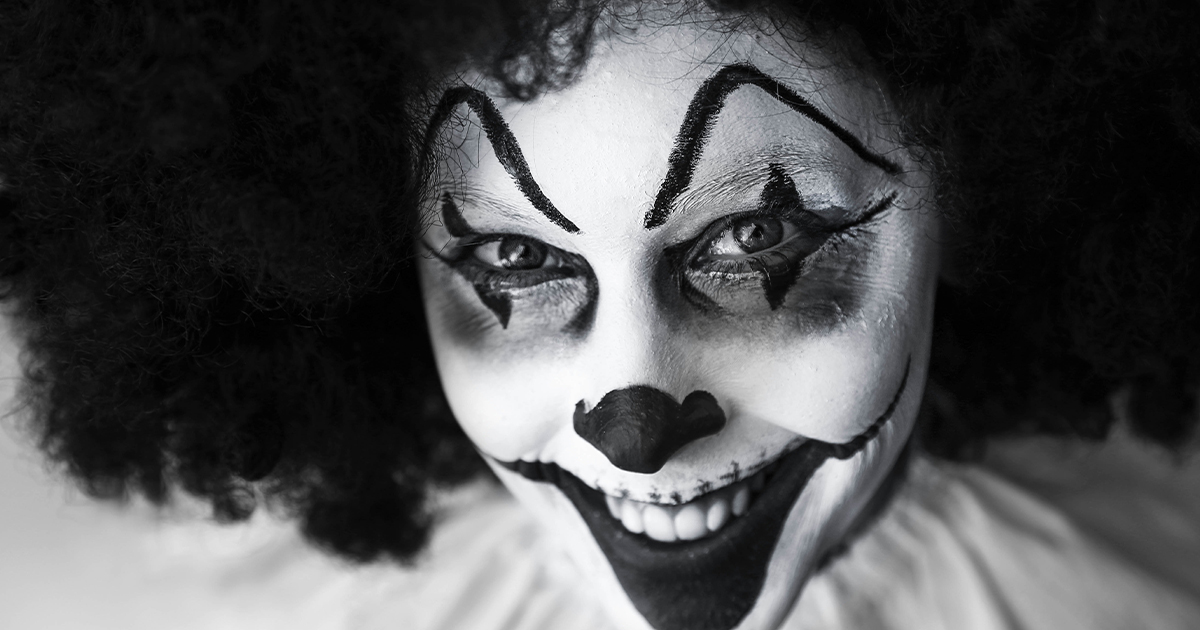
In 2023, Scientific American published findings of a study into coulrophobia, the fear of clowns. 987 people were surveyed from around the world, all aged between 18 and 77, and the results showed that 53% of those asked suffered some degree of coulrophobia, with 5% of them describing their fear as extreme.
Scary clown sightings caused panic in 2016
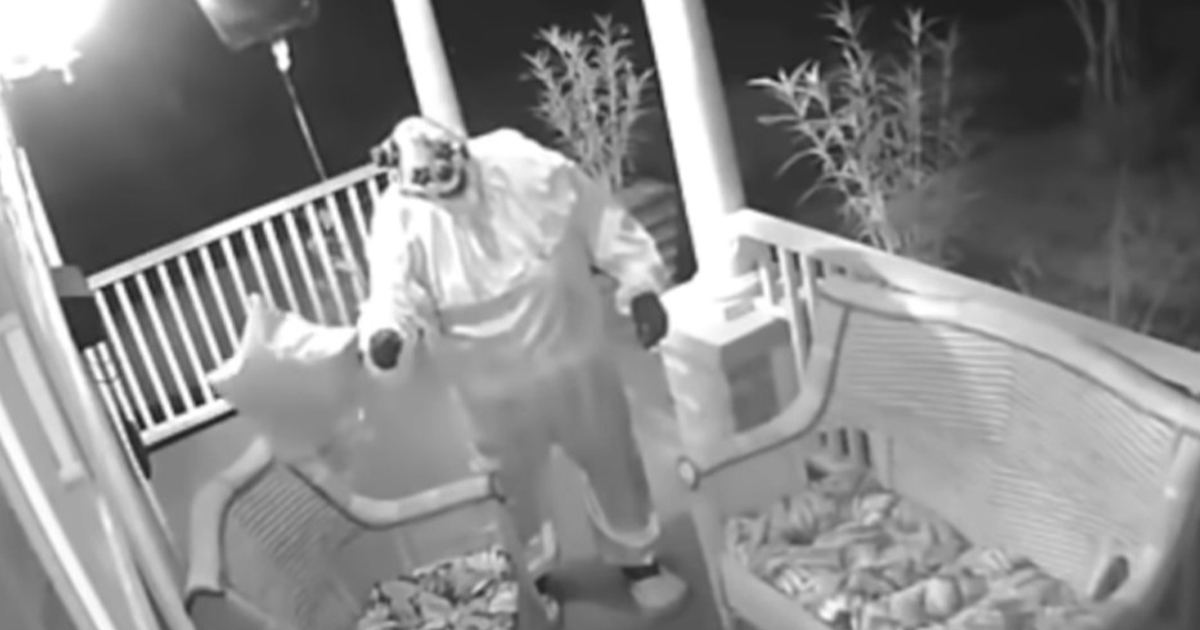
Between 2013 and 2015, news spread online about random sightings of creepy clowns in public places, scaring unsuspecting passers-by. By 2016 this became a popular sensation, with scores of people around the world attempting similar public scares. This prompted widespread panic, and the New York Times reported that at least a dozen people were arrested and one person killed due to the clown craze.